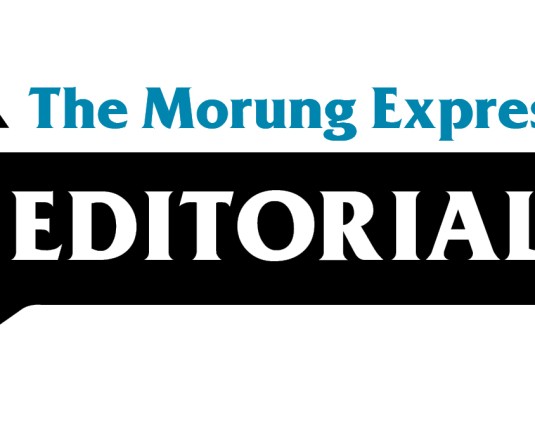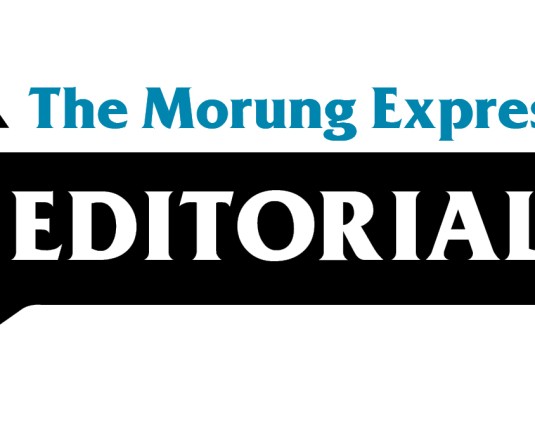
Veroli Zhimo
In the Nagaland Assembly Elections of recent years, the election manifesto has lost its significance. Most citizens no longer talk about it and often do not make efforts to seek and read the manifesto. Perhaps, this is a reason why political parties do not emphasise on it much.
In most instances, the election manifesto is prepared as a formality— a ‘Kodak moment’ for publicity. For both the citizens and the political parties, perhaps it is mutually understood that the document is not meant for implementation or to be used as a tool to monitor progress. As a result, there is much ambiguity about the real intentions of the parties and how they plan to operate if they form a government.
However, with the upcoming elections next year, maybe it is time to reverse the trend and tell the political parties to get serious on this matter.
An election manifesto, besides representing the brains of a political party in the context of a particular state or region, spells out their vision, mission, and values, besides delineating its principles and goals. A manifesto also specifies how it plans to govern on critical sectors like education, health, youth affairs, sports, environmental issues, law and order, etc. To devise such a document, it is essential that the political party conducts ground research in order to ensure that the action plans are well-founded and reliable.
The general trend in Nagaland is to vote on the basis of the qualities of a candidate and not the stand and policies of the party. However, considering the frequency with which the elected members change parties, the election manifesto becomes even more imperative.
There is often talk about being an ‘informed voter,’ but without any scrutiny of the manifesto, how can a voter be informed about a political party’s intent?
Further, an election manifesto is a basis for what the candidate or party says and a way to evaluate what the sitting candidate or government did during its term of office. As voters in the state of Nagaland, perhaps the coming elections would be a good time to evaluate what has been done in the last term in their respective constituencies.
A common statement in the election manifestos of most political parties in the last election was to make the education sector of Nagaland better. Has it been done? Is the dilapidated educational infrastructure being upgraded? Are teachers being paid on time? Are students receiving their Mid Day Meals? Similarly, questions about the state of affairs in various sectors of governance need to be asked based on the manifestos of the past and present.
This can start by reading and analysing the manifestos of all the parties. Go through the current manifestos in relation to the earlier manifesto and what has happened in Nagaland in the last five years.
An election manifesto is a guide to governance, and for good governance, there needs to be checks and balances. To enforce checks and balances, there needs to be a tool which acts as a link between the past and future. The long-ignored election manifesto can be that tool. It is time to recognise its value.
Comments can be sent to vzhimolimi@gmail.com





